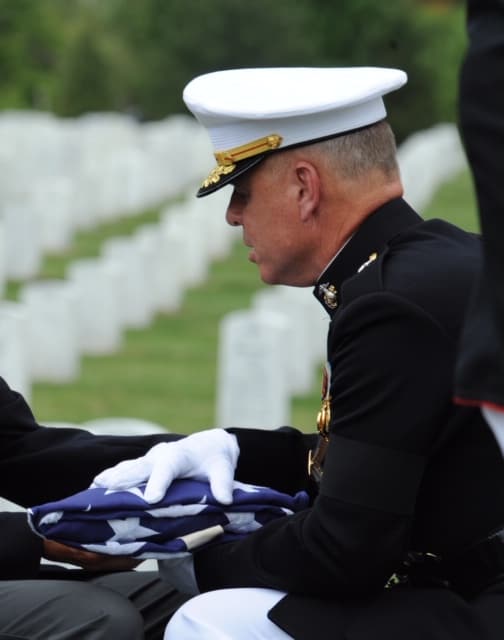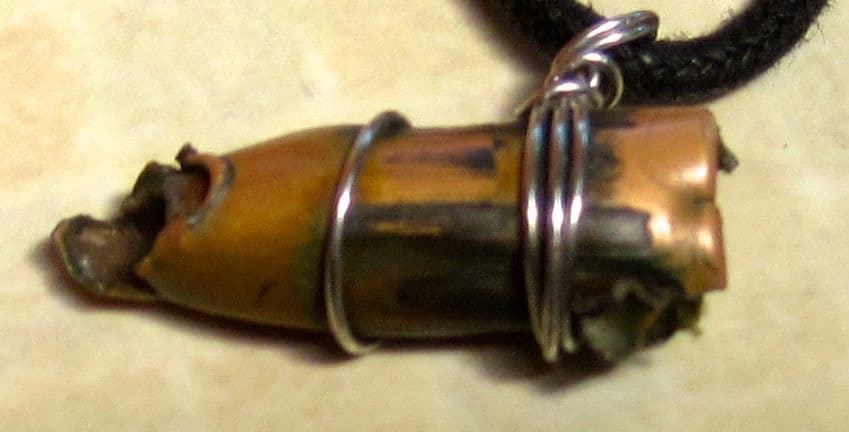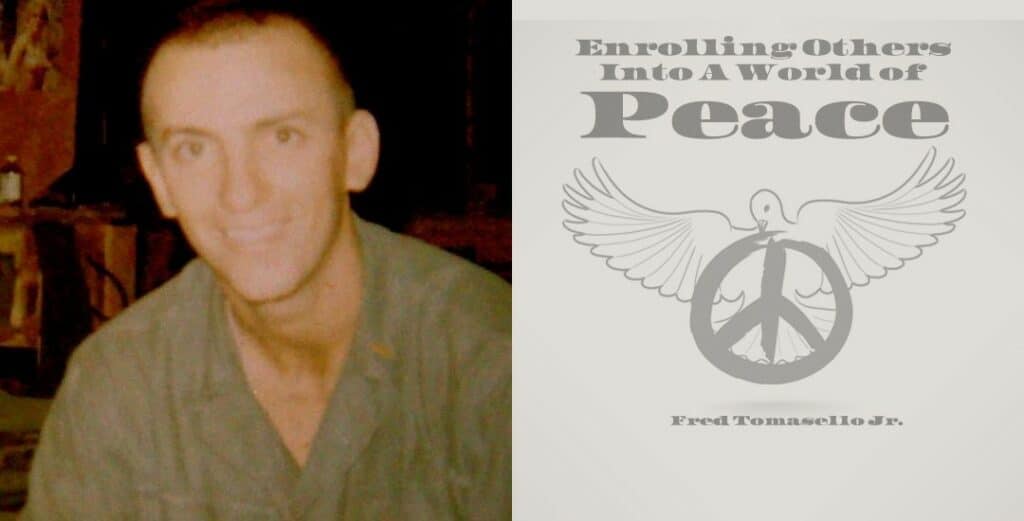Fred Tomasello Jr. Guest Contributor
Since 1970, I’ve been trying to enroll people into my vision. That’s a long time.
I thought it was going to be easy. Simple. Start in my own neighborhood, tell family and friends the truth and go from there. They all know me. We’ve lived in the same house, attended school together, played sports against each other and no doubt they would instantly believe me because of the deep trust we’ve established.
Then they’d tell their families and their friends and, before you know it, the newspapers would pick up my story, write about it and spread the message far and wide. TV would follow. America’s “most trusted” newsman, Walter Cronkite, would tell the world my truth and everybody would certainly believe him.
And we’d all live happily ever after.
This plan crystallized during my hospital stays. First in the battalion aid station in Dong Ha, Vietnam on August 4, 1968. They removed a bullet from my right leg. Then they flew this Marine, because all the Navy hospitals were full, to a US Army hospital in Japan. Another operation and a month later, I was flown to the Naval Air Station (NAS) hospital in Jacksonville FL.
The stop immediately before NAS JAX was MacDill Air Force Base in Tampa FL, my home town.
On the giant windowless jet, filled with stretchers and wounded soldiers in web seats, I yelled “Leave me here! There’s an Air Force hospital here! My mother-in-law’s been a nurse there for years! My wife and daughter! All my family are here in Tampa!”
“You’re a Marine,” a nurse answered. “The Air Force doesn’t treat Marines. You’re going to Jacksonville.”
Well, that’s pretty damn stupid, I thought. after spending a month in an Army hospital. But I already discovered the Air Force was a lot different than the Army, Navy and Marine Corps.
My wife was waiting for me at NAS JAX and the doctor said she could take me home to Tampa for the weekend. When I got back, they’d operate on my leg to close the gaping entrance wound that was still wide open and seeping pus. My mom and dad quickly arranged a “Welcome Home” pizza party, and I was surrounded by a house full of family and friends.
Well, here goes, I thought, and I began to publicly speak about what I saw in Vietnam. Suddenly, a huge lump formed in my throat. Tears rolled down my cheeks. My face became distorted and frozen.
I choked.
People came up and patted me on the back. They hugged me and told me I didn’t have to talk about “it.” Change the subject. So instead I told some funny stories and everyone laughed.
We went to church that Sunday. The wife of an old friend of mine walked up to me in front of the Bible School class and asked in a loud voice, “How many women and children did you kill in Vietnam?”
“None,” I said, both shocked and ashamed by the question. I thought for a moment and narrowed my lie to this simple truth. “The only ones me and my men killed were all carrying weapons.”
After the third operation on my leg, I became the Guard Officer at Marine Barracks, NAS JAX. I went on casualty calls for 15 months, notifying families of Marines who were missing, wounded and killed in action, MIA, WIA and KIA.
After my first KIA call, I discovered that getting shot, wounded and operated on was easy compared to knocking on doors and lifting up mothers and wives who fell to the ground just at the sight of my uniform, the grey government car, the Chaplain beside me and the stricken look on my face.
So, things got worse. In addition to choking up when talking about war, I outright cried when describing a casualty call. My intention to enroll people into my vision was thwarted. What I WAS able to do, and what seemed natural and acceptable to society, was display anger, violence, rage, frustration and feelings of betrayal.
No one wanted to see a grown man suffer, especially a Marine combat veteran with colorful ribbons and a gnarly slug hanging from a necklace. No one wanted to see me choking up and crying about war. That image didn’t fit in with their stereotype. At the first sign of pain on my face, they cut me off. Told me to stop.
So I did.

Marriage counselors, followed by individual counselors diagnosed me with anger issues in the late 70’s. Post Traumatic Stress was not a recognized problem until the 80’s. So I worked, fathered more kids, attended anger counseling, got a divorce and quickly remarried.
After the attacks of September 11, 2001, I relapsed into bouts of anger and anxiety so severe that I finally went to the VA for help. They diagnosed me with PTSD.
To process my claim, they wanted me to write about the key incidents that triggered the stress. I submitted 30 pages, typewritten, single-spaced. The person processing my claim called and told me I should write a book. More counseling ensued. I went to a Buddhist retreat for combat veterans. We were encouraged to write about one significant event and later read our writing to others. I wrote but I couldn’t read. I asked someone else to read my story. After each writing, I felt a little better about sharing my message so I began to write whenever anything triggered a memory. For seven consecutive years, I went back to the Buddhist retreat and was finally able to read my own writing to other vets and participants who had also experienced the costs of violence and war.
Many of them wept when they read their work. I realized I was not unique, alone, crazy or disordered.
For eight years I wrote, one incident at a time. I joined a writers’ group and shared my work with civilians who simply did not believe the horrors and truth about the war because my details were so different from what Americans were shown on the news and in the movies.They heard how noble, heroic and necessary war was.
I also published articles in local newspapers, consistently opposing war mongers, even other veterans, who wanted our country to continue fighting the many wars we were already in and to get into even more wars.
Some called me a traitor. A coward. I often felt a twinge of guilt going against the stereotypical super-hero images of John Wayne, Rambo and other depictions of combat veterans like “Chesty” Puller.
But I persisted. And still do so today. Facebook and other social media have provided a platform for anyone with a message to enlist others to our vision.

Because the crying stifled my message from 1970 to 2001, I have to admit that I sucked at getting the word out. But I’m getting better. The more I write, the more I speak and the more I do both, the better I get at enrolling people to see a new truth: the futile fact that war begets more war and that violence must be stopped by any means necessary. Turning the other cheek results in another slap to the face.
If humans are to live in groups, law and order are essential as well as justice that punishes the guilty, protects the victims and restores their losses. Like the Ten Commandments, the Buddha teaches the four noble truths and the eight-fold path.
My belief in this message is strong. So strong that I am willing to forego and reject heaven and hell as prescribed at the end of a Christian life.
Today, I insist on adopting the samsara, the Buddhist teachings on repetitive reincarnation into new lives, all specifically designed for the purpose of teaching my lessons to our world over and over again until peace is finally achieved.
That is my prayer and ultimate goal, my highest purpose.
And it will be for eons to come.
Will you join me?
Peace and love to all.

